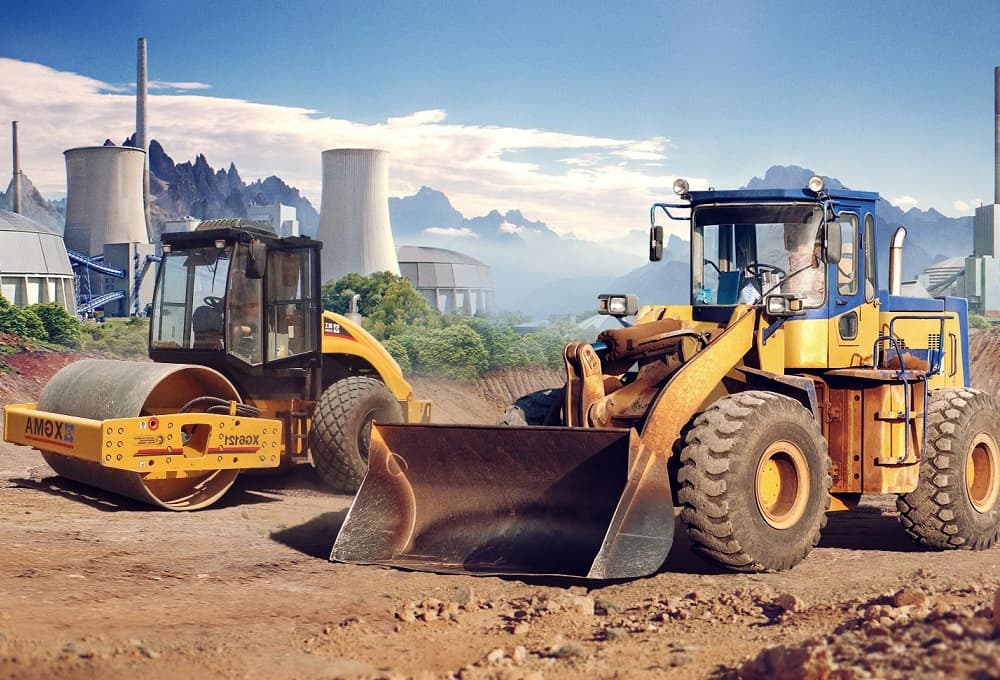Is your construction equipment damaged or failing you because of poor operational efficiency? Are some of your equipment broken down, and need replacement? If so, then it’s time to buy new equipment. New state-of-the-art construction equipment may be reliable, but the purchase price may be prohibitive. Worry no more! You can still get working equipment by buying used construction equipment.
Used construction equipment is more affordable than new equipment. But it is prudent to examine the equipment carefully lest you end up with equipment that is inefficient and unable to give you the value for your hard-earned money. Making the purchase of a new piece of material handling equipment can be quick and easy because it has never been used. But buying used equipment may take time because you have to analyze and examine the equipment to ensure it is still usable and strong. Here are the top five considerations to make when buying used construction equipment.
Learn About the Equipment’s History
Have you met the valid owner? It’s essential to meet the true owner of the machine and find out more information about the history of the equipment. You should ensure there are no liens on it, lest you get conned. You can check its PIN and check the machine’s title to ascertain declared ownership. You should also find the machine’s operating hours, which are similar to a car’s mileage. You should weigh the service hours against its present selling price to determine whether it is worth the price. But you should know that many service hours can’t be a sure reason to decline the deal if the construction machine is well maintained.
Inspect the Construction Machine for Faults And Damage
You should assess the machine’s maintenance records and determine whether the machine has been receiving due and proper care. However, you should not solely depend on the provided maintenance file or record. Instead, re-check the file’s content while assessing the status of the machine. For instance, you can assess the fluids, engine, and oil level. Low level and dirty fluids are an indicator of poor maintenance. The vital parts to assess are the undercarriage, hydraulic systems, engine, and tires.
Assess Your Exact Needs and Availability of Spare Parts
It is prudent to assess the secondhand machine’s model, size, and capabilities to determine whether it will suit your needs. Secondly, used equipment may need future repairs if it breaks down. Some repairs may require the replacement of parts. But the availability of some spare parts is sometimes low or nil. As such, ensure that the replacement parts of the equipment that you’re buying are easily available. Otherwise, the machine may break down and become useless unless you can get OEM or substitute parts.
Ask for a Test Drive
You should ask the equipment owner for a test drive. Testing the equipment will help you to determine its efficiency and operational capability. If you aren’t familiar with the equipment’s functioning it is advisable to get a technical expert who understands the operation of the equipment to do the test drive on your behalf. The expert should be able to give you feedback on the status of the equipment. The test drive should also reveal any weaknesses or problems in the machine. For instance, abnormal engine sounds and noises should be a red flag, and you shouldn’t be in a hurry to close the deal before knowing the exact state of the equipment.
Consider the Price Tag
When judging the cost of a secondhand machine, you have to consider various factors. Ideally, the service hours should be low if the price is high because the equipment with many operating hours may have undergone more wear and tear, and it should cost less. But the offered price shouldn’t be as high as the price of new equipment. Also, the listing price shouldn’t be too low and attractive because the offer may seem suspicious. Last but not least, also consider the salvage and depreciation value. To get insights on how to accomplish the purchase of a secondhand construction machine visit now.
